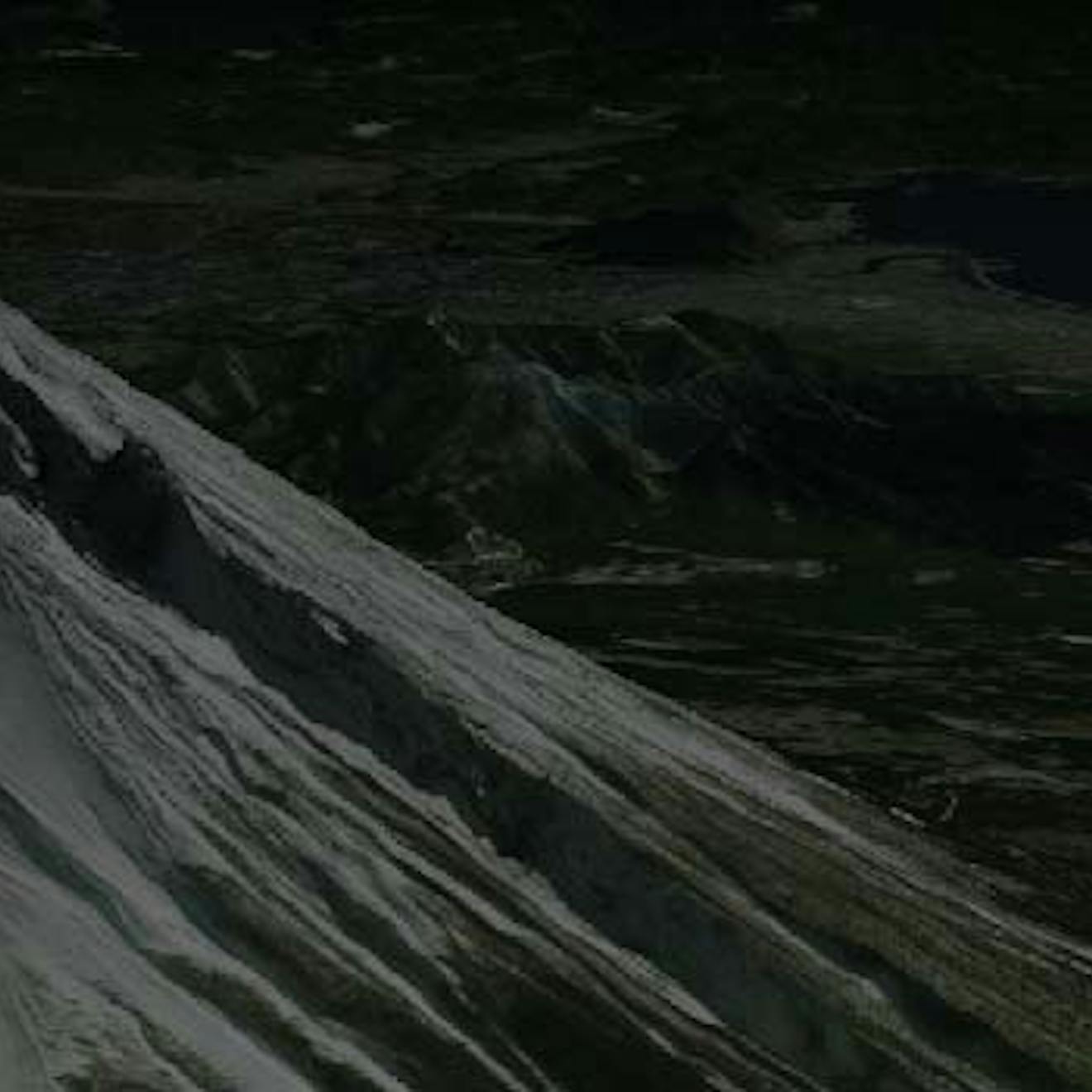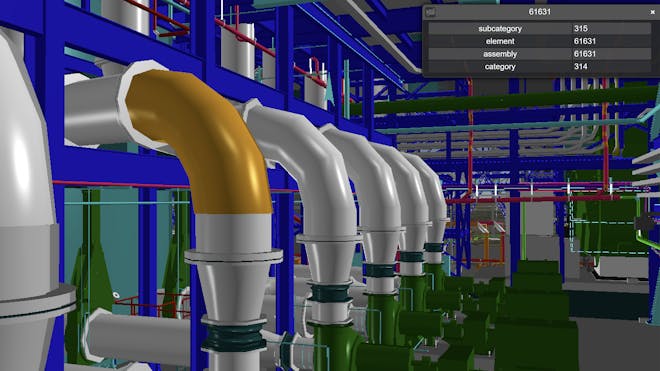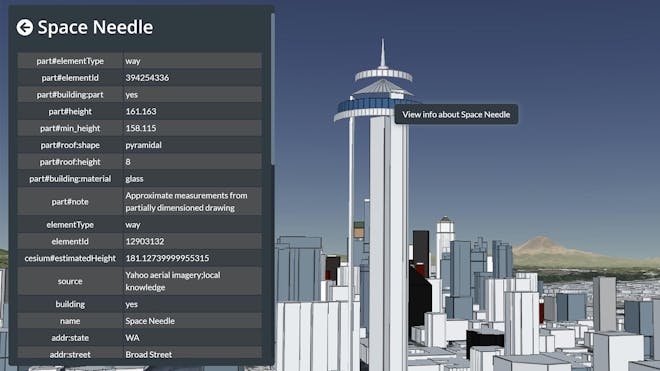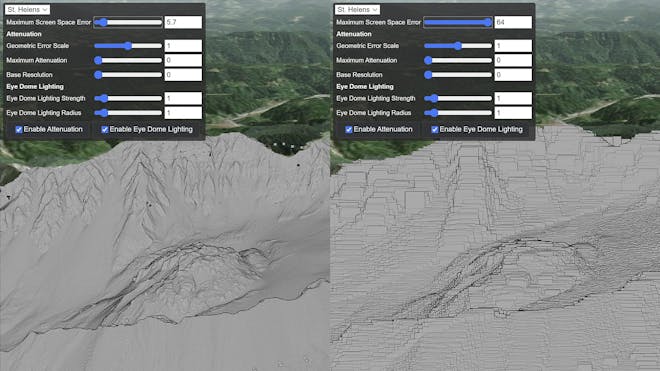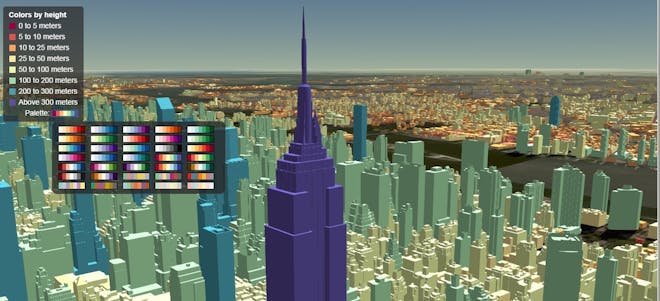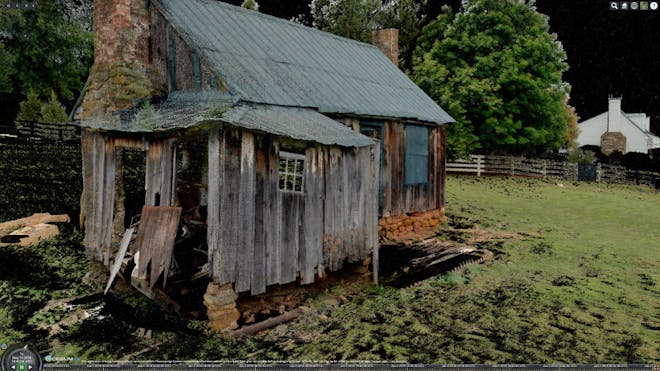
3D Tiles styling used to color tiles of buildings and to show bounding volumes
Tilesets and Tiles
3D Tiles provides a way to describe tilesets and their tiles, formatted as JSON.
Along with its properties, a tileset contains a set of tiles arranged in a tree – a spatial hierarchy. 3D Tiles supports a variety of 3D (and 2D) spatial subdivisions to facilitate optimized rendering by visualization software.
A tile:
- Includes or points to the tile’s content.
- May contain child tiles and can refer to external tilesets, making it possible to combine smaller tilesets into larger ones.
- Defines a spatial bounding volume that encloses its children.
